“The great force of history comes from the fact that we carry it within us, are unconsciously controlled by it in many ways, and history is literally present in all that we do.”
James Baldwin
In continuing to reflect on Black history as inextricably woven into the tapestry of all history, we wanted to explore the throughline linking Black history to our present experiences and what is referred to as “Black Futures.”
Black Futures may be understood as a visionary framework designed by Black people to advance the health and wellbeing of Black children, families and communities. It is an opportunity to imagine and celebrate what it would look like for Black people to be truly free. It can be said that the fruits of this visioning work ultimately benefit all people in current and future generations.
A WKKF grantee partner, the Pop Culture Collaborative is a donor collaborative and learning community focused on resourcing narrative change movements in America led by Black and Indigenous people, people of color, immigrants, refugees and Muslims, particularly those who are women, queer, transgender, non-binary and/or disabled. To achieve its mission, the Collaborative works to unleash the power of pop culture through partnerships with the entertainment, advertising and media industries.
“To weigh the future of future thoughts requires some powerfully visionary thinking about how the life of the mind can operate in a moral context increasingly dangerous to its health. It will require thinking about the generations to come as life forms at least as important as cathedral-like forests and glistening seals. It will require thinking about generations to come as more than a century or so of one’s own family line, group stability, gender, sex, race, religion. Thinking about how we might respond if certain that our own line would last two thousand, twelve thousand more earthly years.”
Toni Morrison
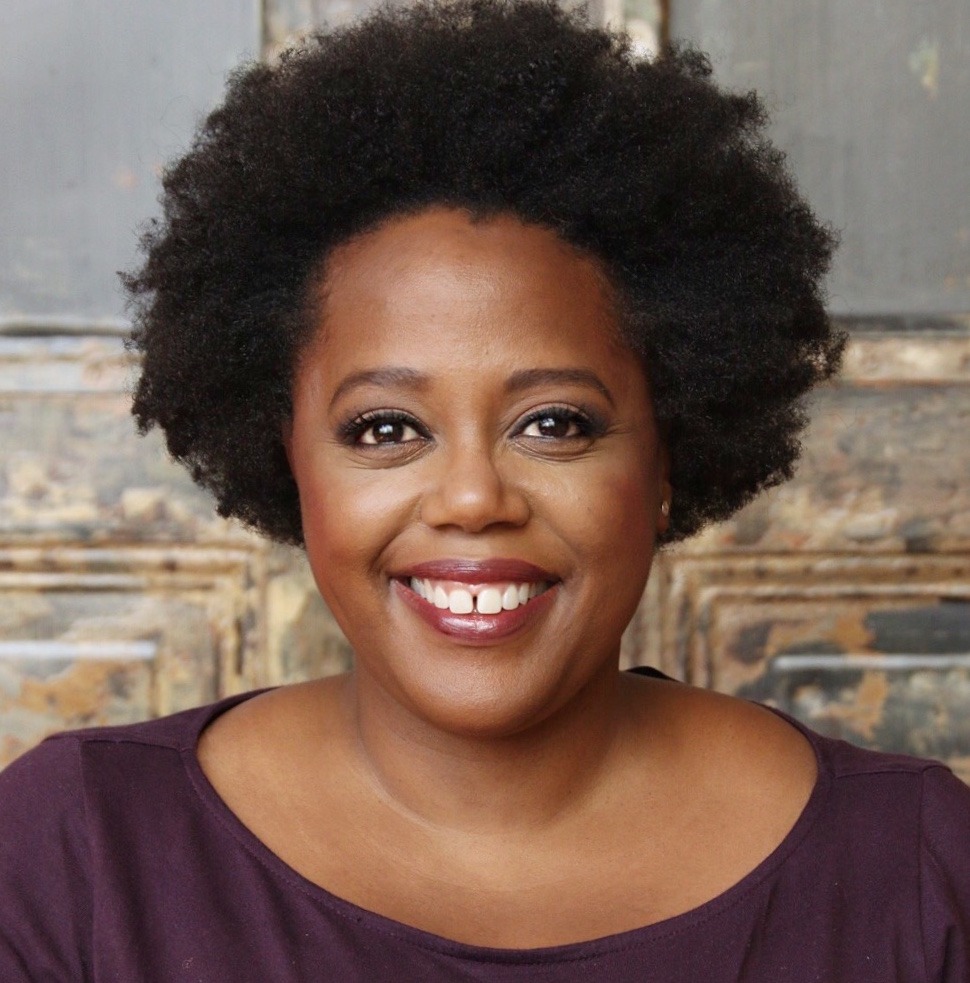
We spoke with the Collaborative’s CEO Bridgit Antoinette Evans about her perspectives on Black Futures thinking as a social justice pathway and how it shows up in the work of the Collaborative.
Q: Bridgit, can you begin by telling us a bit of your personal story and how it brought you to this work?
A: I came to the work primarily because of two influences.…First, my mother and father and the stories that I grew up on. In the case of my mom, as a young person she was an activist in the civil rights movement in Savannah, Georgia, working alongside my uncle, Benjamin Van Clark, who was Chairman of the Youth Division of the Chatham Country Crusade for Voters. And my father, who grew up in Atlanta, came from a very beautiful, sprawling, multigenerational Black family that modeled for me what it looks like for Black people to live collectively and with fierce love and devotion to family, community and culture.
"One of my earliest clear moments of purpose was understanding that I was a part of this legacy of Black abundance and power and that I had to do something with that. My mother always used to say, “You can do anything you want, you just need to be improving the world while doing it.”
Second, as a child I found that I really loved art and particularly theater. I took that inquiry to college and discovered that in a predominantly White institution like Stanford University, my love of theater became complicated, because art that is designed to enliven people’s commitment and passion for justice was considered of a lesser art form than “art for art’s sake” that was primarily created by dead white men.
I went to drama school and took on really forcefully the project of figuring out how justice could live inside of the work of making stories. It was that inquiry that led me into deep partnership with movement leaders who are asking the opposite question: What does culture have to do with power building? I began to understand the power of culture change strategy as living at the nexus of those two questions: what does justice have to do with art, and what does art and culture have to do with justice?
Q: So, in the space of justice movements with substantial ties to culture and art, including literature, playwriting, films, music and other forms, how do you describe Black Futures thinking?
A: When I hear the term “Black futures,” I feel really fortunate that my parents were determined that I understand where I came from. Yet early on, it didn’t occur to me to think of where I was going, or we were going as Black people. The good news is there are Black people who have always been thinking about the “where are we going” part of our story.
The first time that I interacted with a person who was spending her life thinking deeply about that question was Octavia Butler. What I realized once I started reading Octavia Butler is that a lot of Black authors are actually grappling with past and present and future, even in stories that appear to be about looking backwards. Toni Morrison was a Black futurist. Nikki Giovanni. James Baldwin.
There is almost never an exploration of what has come before without a mixing with either the wide-open question of what comes next or some theory or yearning or dream for what is up ahead for Black people. You reach stories like Beloved for instance, and this novel’s deep inquiry into the pain and bloodiness of the slavery era and the ways in which that era is imprinted in the cells of Black folks. What you see Morrison doing is also introducing the mystical, the supernatural. And part of what she is saying is that history is not a line. It’s not even a circle. It’s the stuff inside the circle. It is all of these cells of memory and vision that are bouncing up against each other. Storytellers like Morrison help us to live in this uncomfortable, uncertain space in which the past, present and future are all intermixed. That to me is the most authentic representation of Black futures: this space where all of our memory, including our trauma but also our brilliance and largesse in our lives and the world, is intermixing with this pull towards the future, where Octavia Butler says we are “living among the stars.”
Q: How would you say Black Futures thinking shows up in the work of the Pop Culture Collaborative? What is the value of infusing that vision into narrative change efforts?
A: The Collaborative’s strategy is rooted in our belief in the power and vision of Black, Indigenous, People of Color (BIPOC) leaders and communities. We have identified Black and Indigenous communities as being particularly important in building out the infrastructure of leadership needed to meet the challenges we are currently experiencing and those ahead of us.
We are a society that struggles to imagine an abundant future. It’s not that it’s not possible. It’s so hard for many of us to imagine how this could work that we often lean into the most apocalyptic assumptions about how this is all going to roll down.
We did a lot of analysis of Hollywood storytelling about the future, an incredibly influential shaper of our imagination about what is possible. Much of what Hollywood tells us about the future is quite bleak and dystopic. In the majority of apocalyptic stories – from Hulu’s The Handmaid’s Tale to HBO’s The Last of Us – Black and Brown people are erased; and even when we do show up, our humanity is often exploited to serve the emotional life of white characters. We almost always die violent and undignified deaths. At the Collaborative, we see these narratives as a failure of imagination, so we invest in the work of our field to enliven prosocial imagination about the future.
"We support strategies to flood people's imagination with images of the future that are BIPOC-led, gender expansive and in which justice is something we assume we must practice when making decisions. We launched a major program in 2020 called “Becoming America” and one of the three priorities we fund is work that centers the development of an abundance mindset as the foundation for creating communities with stronger muscles for building towards a future that is just and pluralist."
Q: Finally, in the context of the future, let’s talk about the most obvious people who will be living it: children and youth. In what ways does the Collaborative find it important to engage Black children in imagining a just and abundant future? As they become aware of the challenges and dangers that surround them, how can immersion in future narratives help connect Black children to their own sense of value, agency and the power of possibility?
A: Black futures work holds that the past, present, and future are in constant motion in our deep imaginations. So, a critical aspect of Black futures work with Black children involves cultivating their understanding of what has come before now, before them. And how “the before” connects to the now and the next of us, as individuals and as a broad community.
That’s why it is so important for Black people across many different sectors and communities to pay close attention to what is currently happening in our country, with powerful political and cultural forces hard at work to systematically erase Black history – the history of systemic racism – from the imaginations of a whole generation of children and young people. The stakes are so high, because it is not just about facts we learn in school. Kimberlé Crenshaw recently said, “It’s no longer just a culture war. It’s the actual use of the state to dictate the terms on which we can know ourselves.” I would add to this: the terms by which young people can envision our future.
The Pop Culture Collaborative is building a grantmaking strategy that leverages the power of popular culture, cultural organizing and community building to support Black youth, as well as their parents and teachers, to defend their right to learn about Black history in their classrooms. We’re also looking at how pop culture artists can expand young people’s access to the truth of our past through the films, television shows, and other stories they create.
There are already ways that Black futures are being explored in pop culture content that children engage with, whether it be through futurist story worlds anchored by Black children and youth like Miles Morales in the Spiderverse franchise or Lunella in the new Disney+ series “Moongirl and the Devil Dinosaur.” The Afrofuturist story world of the Black Panther franchise recently introduced a younger generation of characters, and younger versions of existing characters through books like “Okoye to the People.” This year, the Collaborative awarded funding to two new futurist story worlds driven by Black youth: Maya Penn’s ASALI, which is produced by Viola Davis and Julian Tennon, and The UnCommons by Weird Enough Productions, which garnered over 2 million readers when it debuted on one of the largest online comic book platforms.
In an American society in which pop culture and media storytelling often does not allow Black children to survive into adulthood or old age, these stories position Black youth as visionaries of new worlds. This is incredibly significant.
"One way that we can support Black youth to access their power and agency in the now, and to express their vision for the future, is by investing in content and experiences that help them see their best selves modeled in the characters they love and see pathways to exert their own creativity in the storytelling process. We need a new narrative ocean that constantly models how we get to the future that we seek, how we activate and organize, how we create possibility, how we forge relationships and bonds, how we stand up and fight for justice, and also, how we heal from trauma, and reckon with the harms we have perpetuated."
At the Pop Culture Collaborative, we focus on narrative change to advance social identity formation because it is in this wildly creative space that adults and children can work together with respect and equity to transform core life experiences into catalysts for personal growth. Children who experience displacement from home, for example, but have grownups and/or cultural guides in pop culture that nurture their agency and resilience in the face of this emotional trauma, can emerge with a stronger ability to embrace and navigate change. They have greater curiosity about different people and a stronger instinct to move out of their familiar to experience new things.
Likewise, Black children’s ability to imagine their future and our collective future – through the context offered by pop culture stories – will determine how and if we can bring their genius into this next chapter of worldbuilding. We need to shape pop culture that shows young people and adults who are thriving and leading. We need to model healing, transformative justice practice, and also, the journeys of kids who are becoming more and more aligned with their authentic gender and sexual orientation and the grownups who care about them.
Narrative and cultural strategy that normalizes just and pluralist futures is the next great work of social justice movements. And as always, Black people are leading the way.
The Pop Culture Collaborative’s Black-led Projects:
- Wakanda Unscripted – Curricula that ties the Black futurist storyworld of wakanda to the STEAM curricular goals and the histories and ancient African and Mesoamerican civilizations.
- Every Vote Counts – Segment for CBS television broadcast featuring Black and Brown teen poets calling in the ancestors to build momentum for youth civic participation.
- The UnCommons – A digital comic series about a group of young superheroes that need to save themselves in order to save the world.
- Imara Jones – Pop Culture Collaborative: Pluralist Visionaries grantees
- Unleashing Giants – Studio led by Emil Pinnock, a formerly incarcerated artist who is an award-winning filmmaker and TV showrunner.
- Emanuel Brown: Black Trans + Whole
- Fierce Music Video for Black Trans Women’s Rights
- For Armetta – short film casting Black service workers as essential workers.

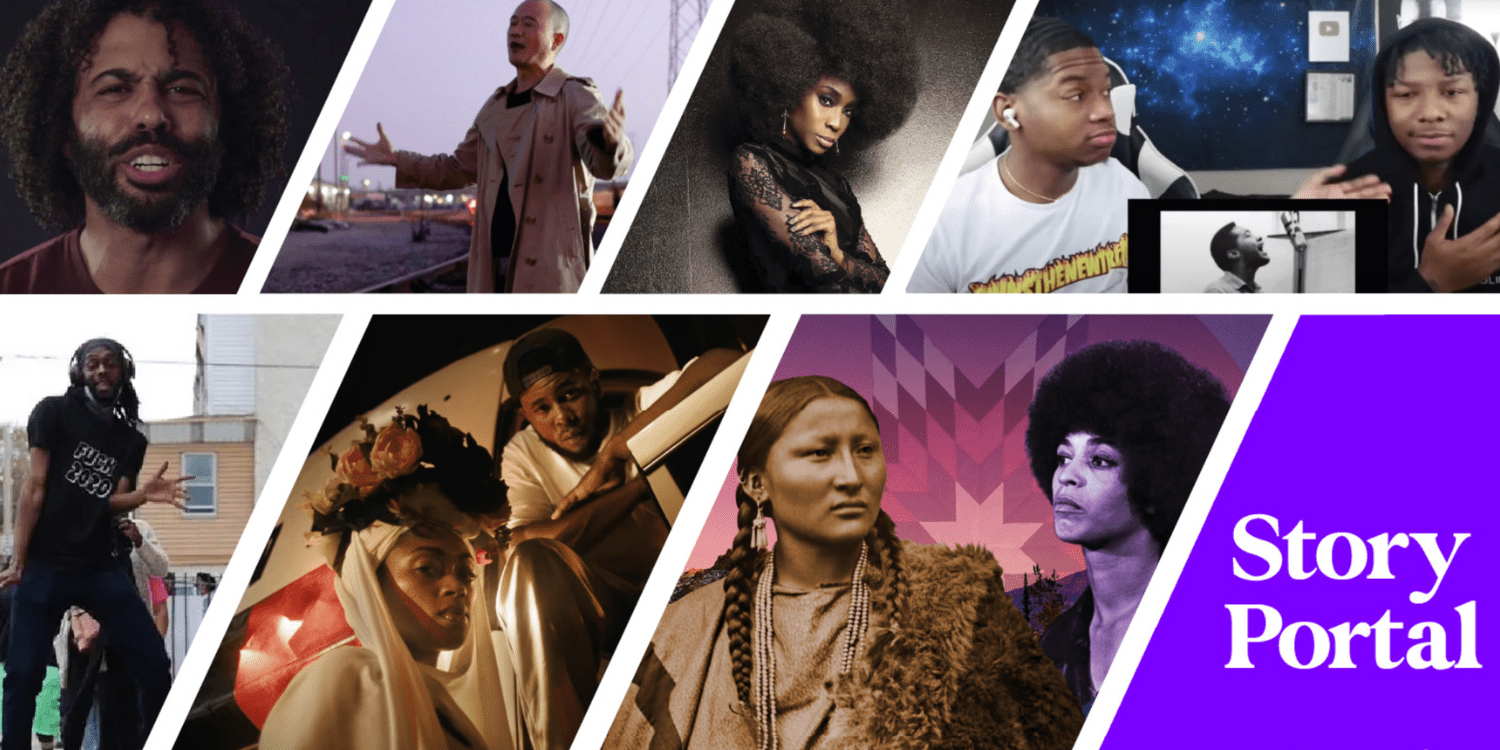
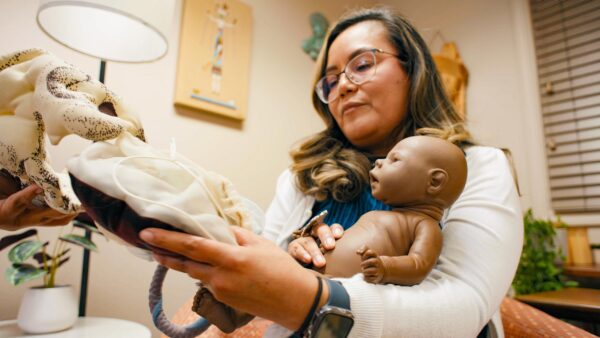
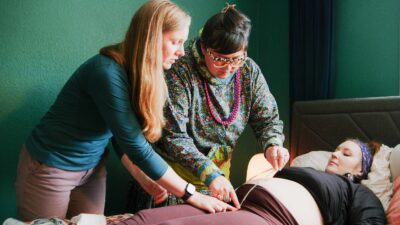

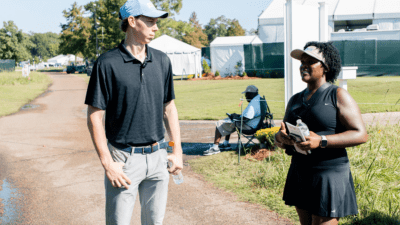


Comments